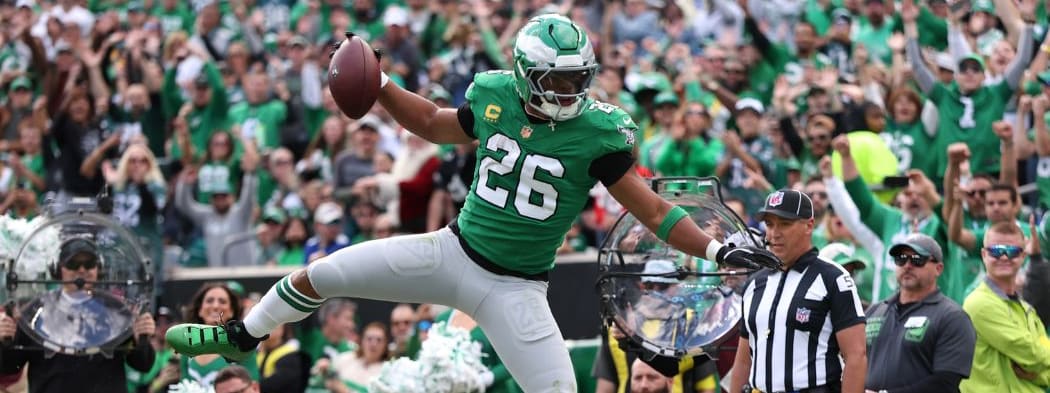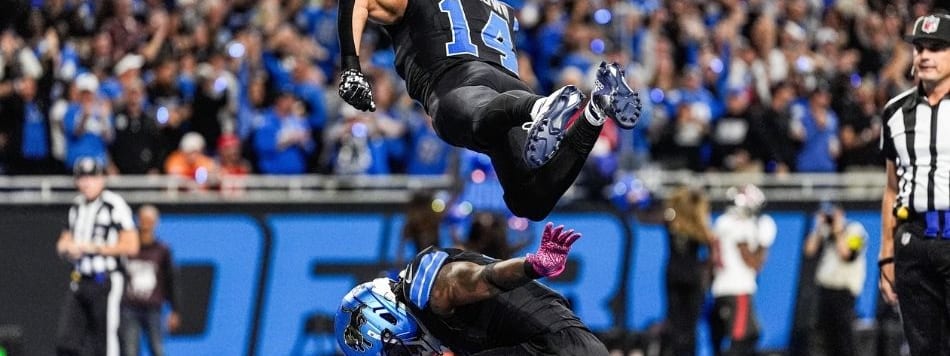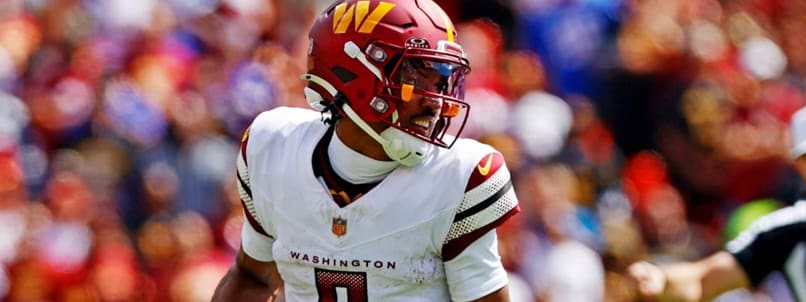
The biggest reliever busts of the year are led by Emmanuel Clase, whose career may be over for good depending on the results of a gambling investigation.

RotoWire's Juan Carlos Blanco outlines his favorite plays and strategy for Tuesday's FanDuel NBA DFS slate, including analysis on Tyrese Maxey and his matchup against the Bulls.

While sports betting isn't legal just yet in the Lone Star State, you can find the best legal Texas sportsbooks that you can bet with right now!

J.J. Spaun has several things going for him this week, and Len Hochberg recommends adding him to your lineups for the latest PGA DFS contests on DraftKings.

Looking for a Caesars Casino PA promo code? Discover the latest code to claim the deposit match bonus, Reward Credits, and all the T&Cs you need to know.

The bet365 refer a friend bonus ROTOWIRE gets you up to $500 in bonus bets annually, just by referring new friends. Check out our complete breakdown of the bet365 referral bonus here.

Discover which freshman players broke out in Week 10 with standout performances—ideal targets for devy fantasy leagues for long-term upside!

The best Arbitrage Betting Finder tool is at OddsJam! Get a 7-day trial to OddsJam today to find arbitrage betting opportunities quickly.

Looking for the best long-term betting strategy? Sharp Money from OddsJam has the answer for you. Check out Sharp Money today with a 7-day free trial.

Jeff Erickson joins VSiN to react to NFL Week 9 action and offer early Week 10 insights. They start with Colston Loveland's big game versus the Bengals.

The best online casino no deposit bonus offers give you house money as soon as you register. When you use the BetMGM Casino bonus code, you can earn $25 instantly!

Top college basketball betting picks for Tuesday are discussed, featuring an over, an under and a longer shot to cover. See the top college hoops plays for November 4, 2025.

The best Pennsylvania sportsbook promos grant over $4,000 in welcome bonuses to new users. Learn more and claim the top PA sports betting promos today.

The best Illinois sports betting promos grant over $5,000 in welcome bonuses to new users. Learn more and claim your IL sports betting bonus today.

New users can claim more than $5,000 in Ohio sportsbook promos today! Learn how to claim and the pros and cons of each of these OH sports betting promos.

The best Michigan sportsbook promos grant over $4,000 in welcome bonuses to new users. Learn more and claim the top MI sports betting promos today.

You can play sweepstake casino real money games at RealPrize, CrownCoins & McLuck. Enjoy free slots, win real prizes, and join legally from almost anywhere in the U.S.


